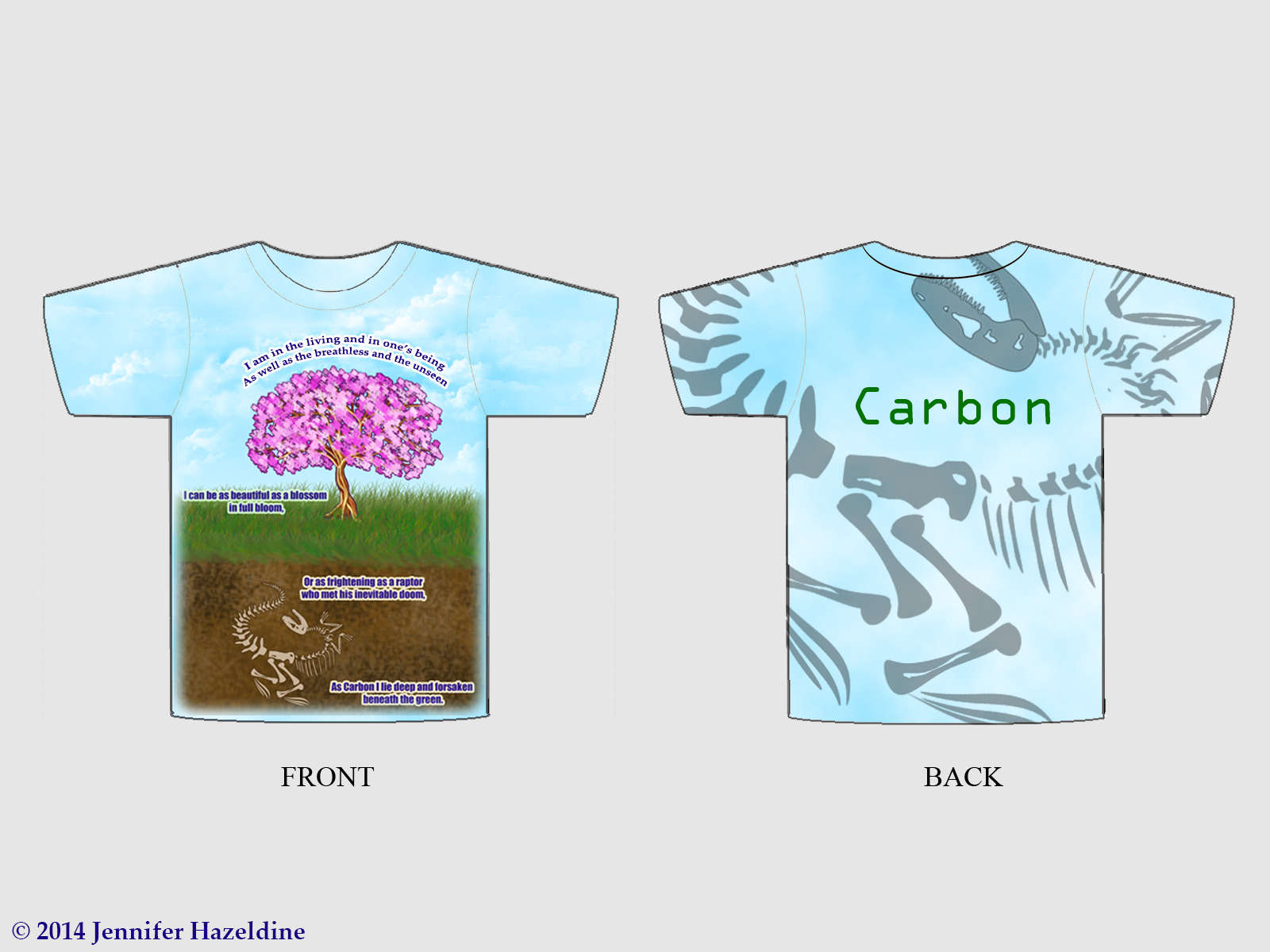The lithosphere comprises the carbon reservoirs in the Earth’s upper mantle and crust, in the sediments with fossil fuels. The outer layer of the Earth includes soil organic carbon and the terrestrial biosphere. Carbonate rocks release carbon as CO2 when they undergo metamorphosis. Volcanoes release CO2 into the atmosphere and ocean when the moving crustal plates collide, sink, and melt under the great heat and pressure producing silicate minerals and CO2 (between 130 and 380 million metric tons of carbon dioxide per year). Humans release carbon as CO2 when they extract and burn fossil fuels.
Carbon in fossil fuels
Carbon is the 15th most abundant element in the Earth crust, present in great amounts in fossil fuels – coal, petroleum, and natural gas. Fossil fuels result from decomposition of the large quantities of organisms, mostly zooplankton, algae, and plants. Microorganisms break down organic matter in the absence of oxygen (which is called anaerobic digestion). Organisms and resulting fossil fuels, mostly buried below the Earth surface underneath sedimentary rock, undergo intense heat and pressure. They are up to 650 million years old (Halbouty, 2004). Decomposing organic matter provides an abundance of hydrocarbons – organic compounds built from hydrogen and carbon. They can be gaseous like methane or propane, liquid such as benzene, solid (for example paraffin wax), or polymers (e.g., polyethylene or polystyrene). Saturated (without double or triple bonds in a molecule) hydrocarbons, along with other organic compounds, occur in abundance in crude oil and are basis of petroleum fuels existing in geologic formations. Oil provides 93% of the energy used for transportation, but only about 1% of the energy used to generate electric power.

